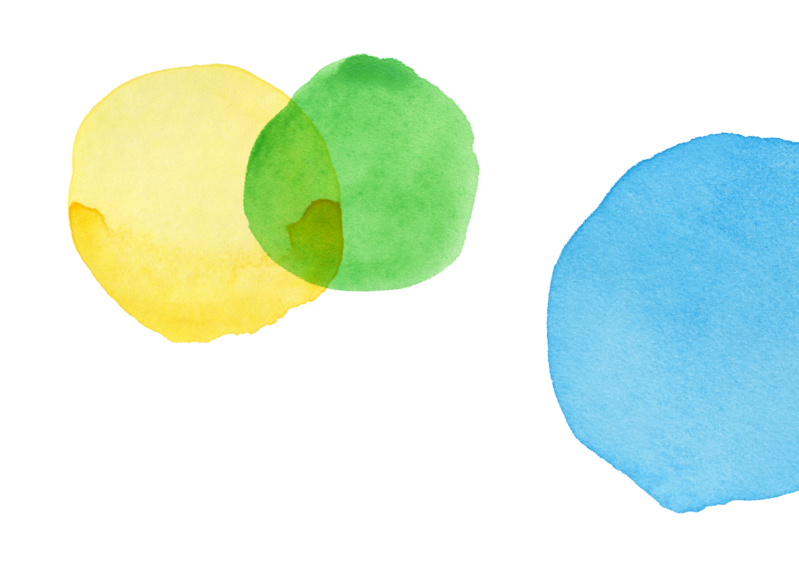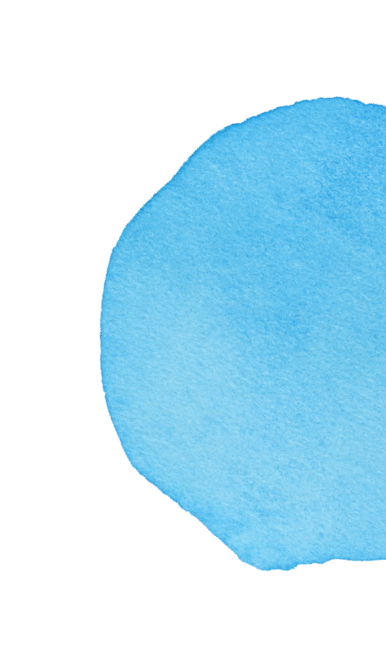Grade 7 - Claim 1 - Target F

 Back to Results
Back to ResultsMathematics
Target F
Solve real-life and mathematical problems involving angle measure, area, surface area, and volume
Sample Item
Grade 7Test
Claim 1
Concepts and Procedures
Standards
G-4
Know the formulas for the area and circumference of a circle and use them to solve problems; give an informal derivation of the relationship between the circumference and area of a circle....
G-5
Use facts about supplementary, complementary, vertical, and adjacent angles in a multi-step problem to write and solve simple equations for an unknown angle in a figure.
G-6
Solve real-world and mathematical problems involving area, volume and surface area of two- and three-dimensional objects composed of triangles, quadrilaterals, polygons, cubes, and right prisms.
Clarifications
Tasks for this target will require students to solve problems for circumference, area, volume, and surface area of two and three dimensional objects. Other tasks (paired with 7.EE Target D) will require students to...
Range Achievement Level Descriptors
Evidence Required
1
The student solves real-life and mathematical problems for the circumference and area of circles.
2
The student solves real-life and mathematical problems involving angle measure including problems requiring writing and solving equations.
3
The student solves real-life and mathematical problems for the area of two-dimensional objects composed of polygons.
4
The student solves real-life and mathematical problems for the volume and surface area of three-dimensional objects composed of right prisms and cubes.
Item Guidelines

Depth of Knowledge
M-DOK1
Recall includes the recall of information such as fact, definition, term, or a simple procedure, as well as performing a simple algorithm or applying a formula. That is, in mathematics a one-step, well-defined, and straight algorithmic procedure should be...
M-DOK2
Skill/Concept includes the engagement of some mental processing beyond a habitual response. A Level 2 assessment item requires students to make some decisions as to how to approach the problem or activity, whereas Level 1 requires students to demonstrate a...
Allowable Item Types
- Equation/Numeric
- Matching Tables
Allowable Stimulus Materials
None
Key/Construct Relevant Vocabulary
area, circumference, pi, circle, radius, diameter, supplementary angles, complementary angles, vertical angles, adjacent angles, linear pairs of angles, volume, surface area, triangles, quadrilateral, square, rectangle, parallelogram, trapezoid, cubes, right prisms
Allowable Tools
Calculator
Target-Specific Attributes
Equations are limited to the forms px + q = r or p(x + q) = r, where p, q, and r are rational numbers.
Accessibility
Item writers should consider the following Language and Visual Element/Design guidelines [1] when developing items. Language Key Considerations: Use simple, clear, and easy-to-understand language needed to assess the construct or aid in the understanding of the...
Development Notes
None


Task Models
Task Model 1a

Item Types
Equation/NumericDepth of Knowledge
M-DOK1Standards
G-4
Target Evidence Statement
The student solves real-life and mathematical problems for the circumference and area of circles.
Allowable Tools
Calculator
Task Description
Prompt Features: The student is prompted to give the area of circles for mathematical problems. Stimulus Guidelines: Context should be familiar to students 12–14 years old. Unit label is a measurement of length. Item difficulty can be adjusted...
Stimulus
The student is presented with the radius, diameter or circumference of a circle in a mathematical context.
Example 1
Example Stem: The radius of a circle is 7.5 centimeters.
Enter the area of the circle, in square centimeters. Round your answer to the nearest hundredth.
Rubric: (1 point) The student enters the correct area in a range of correct values (e.g., 176.63 – 176.79).

